6 Common Dog Skin Problems (and How to Cure Them)
by dogtoyadvisor | Last updated on November 18, 2020
We only review products we tested ourselves. We have affiliate partnerships, so we get a share of the revenue from your purchase.

Skin health is an important part of a dog’s well-being.
As for humans, your dog’s skin problems can cause a lot of discomfort, pain and even further health problems if untreated.
But skin problems are so common, they’re actually the most treated issue by vets.
The good news is most issues are easily solvable.
You just need to keep a watchful eye over him.
3 Signs Your Dog Has a Skin Problem
The most common sign, one that people often misread, is itchiness.
You notice your dog is scratching himself more often than usual and the first thing that comes to mind is fleas or ticks when, in fact, it’s a bit more complicated than that.
Another sign you might want to watch for is redness.
If you notice some red angry patches or swelling on your dog skin, it’s likely there is some skin issue you need to tend to.
Last but not least, your dog probably has a skin problem if you notice his coat is in bad shape or he’s suffering from hair loss.
6 Most Common Dog Skin Problems
Here, you’ll find a list of 6 potential skin problems your dog may face.
You’ll find that some are more obvious while others required supervision.
It’s impossible to prevent all skin problems your dog may have, but it is up to us as owners to make sure we do our part for our dogs’ skin health.
1 – Allergies
Allergies are probably the number one cause for itching and redness in dogs and the bad news is they’re becoming more and more common.
The causes range from environmental allergens, such as pollens, dust, and chemicals, to food allergies to ingredients such as wheat, corn, soy, and certain proteins.
Environmental allergies usually cause dermatitis with itchiness, scabs, redness and hair loss throughout the entire body.
It may also cause cough or sneeze as well as a runny nose.
Food based allergies bring itching and scratching as well as digestive problems such as vomiting or diarrhea.
Some dogs can suffer from anxiety, fear, or illnesses that causes them to over groom themselves.
When your pet chronically bites or licks one spot, it can cause a condition called Acral Lick Granuloma (Lick Dermatitis), causing hairless patches to appear near the legs.
2 – Infections
Your dog’s skin problem can also be caused by infections caused by bacteria, yeast or fungi.
While an infection can by the main issue your dog’s skin is facing, is may also occur due to excessive scratching and chewing at an irritation caused by another skin problem.
The main symptoms are swelling and redness as well as discharges.
Yeast infections may have a specific easily distinguished smell to it.
Fungal infections, such as ringworm, may create growths or discolorations that tend to slowly expand.
3 – Parasites
When we mention external parasites, we often think of fleas and ticks, but there are many more parasites than can be creating havoc on your dog’s skin.
The tell-tale signs for parasites are itching, scratching and irritated skin.
If your dog has fleas, you’ll see black specks moving in your dog’s coat or skin and also the dark dirt they leave behind.
Lice and other smaller parasites may be harder to see, and may show up as small specks stuck to the base of your dog’s hair, or may only be visible under a microscope.
4 – Illness
Often, your dog itchy skin and the poor state of his coat is a symptom of an illness.
While it’s harder to diagnose, illness is, in fact, one of the most important cause to diagnose.
Metabolic and hormonal issues, such as thyroid problems or adrenal gland dysfunctions may be the culprits.
You may notice dark skin patches or hair loss throughout the body, aside from itchiness.
Much like humans, your dog can also get skin cancer, caused by excess sun exposure.
Skin tumors cause lumps that, as soon as detected, should be checked by a vet.
Your dog may also be facing an autoimmune disease.
Autoimmune disorders can cause chronic skin infections or lesions in pets.
A common immune-related illness is Lupus, which causes skin and organ problems that can kill and require immediate vet assistance.
5 – Poor Care
By poor care we don’t mean neglect.
It may just mean that your dog needs different nutrition or grooming habits than the ones he’s getting.
Sometimes, something as simple as adding supplements to his diet can make a World of difference.
You’ll notice his coat is dry or thinning or flaky skin.
Even if you’re dog doesn’t seem to be bothered by it and isn’t itchy, it’s still important to take him to the vet to see what can be done.
When a pet sheds more hair than normal, it can be a sign of a medical condition or a poor diet.
Alopecia affects all breeds and requires a vet visit to determine what can be done to sort it out.
6 – Medication Side Effects
If your dog is taking medication for temporary or chronic conditions, it may have some side effects that harm his skin and coat.
His coat may become dull or thin and he can even have bald patches in his body.
His skin may be red and itchy or slower to heal, in which case he’s probably showing an allergy to a particular ingredient.
How To Treat Your Dog’s Skin Problems
If you’re dog has one or more of the issues we’ve mentioned above, don’t despair!
Most of them are treatable with simple, over the counter medicine.
But others are seriously, deadly and require immediate action, so make sure you take time to investigate your dog’s skin frequently.
Identify the Cause
Nothing can be done until you are able to identify what is going on with your dog’s skin.
A proper diagnose, as soon as possible, is the key to healing your dog’s skin and restoring its balance, because the treatment highly varies, depending on the cause of the skin issue.
Stop Your Dog From Reaching the Area
While you’re trying to sort out the issue, you’ll want to remove his access to the affected area to prevent scratching, licking and chewing.
If the area is somewhere on his back or belly, you may want to try a snug t-shirt.
But, ultimately, the best way to keep your dog from making matters worse, is a Elizabethan collar, particularly if the issue is on the legs, ears, tail or feet.
Nowadays, you don’t have to choose those hard plastic collars we all know and that all dogs hate.
We personally prefer those inflatable collars that make it so much easier for our pets to tolerate.
It’s easy to adjust and even easier to store and our dogs look comfortable sleeping in it, so for us it’s our favorite.
Change His Diet
As far as food allergies go, the easiest way to detect is to keep your dog on a strict allergen-friendly diet (grain-free, without filler products such as wheat, corn or soy).
You’ll also want to give him a prescription diet or, at least, one he’s never had before.
Just remember that you need to change your dog’s diet gradually to avoid digestive upset. The best way to do it is to take 7 to 9 days to transition, by adding more and more of the new food while taking out more and more of the older one.
It smells wonderful and leaves his coat looking perfect. It’s our best ally in keeping Dobby’s skin and coat healthy.
Prevention
The best way to keep external parasites away is to prevent them.
Keeping your dog on monthly preventive medication is an important step to prevent, not only the parasites, but also all the issues they can bring along with them.
This is the one we used, though we’ve tried many
We find this particular treatment lasts longer than most, so we love it.
Proper hygiene is also a big part of prevention.
Keep your dog’s environment clean by washing his bed and blankets, vacuuming and keeping his brushes clean and parasite free.
Read also: How to Keep Your Dog Parasite Free All Year Around
Natural Supplements
Natural supplements can be used even if you haven’t identified a nutrient deficiency.
Particularly when you can’t quite explain why your dog’s coat is dull or when you notice he’s feeling itchy but can’t find a cause for it.
Supplements have incredible ingredients like fish oils or Vitamin E that are super-foods for your dog’s skin and coat.
Not only do supplements help with skin dryness, they may also reduce inflammation and pain.
We’ve always made sure to give natural supplements to our dogs from an early age.
Because more than treating a condition, we want to make sure to prevent it and a strong immune system prevents so much headaches.
This particular brand has a great taste, judging from our dogs’ reactions, and keeps their coat and skin looking wonderful.
Not only does it help with allergies, the Omega 3 is also a great help in preventing joint and hip issues as well as preventing arthritis.
Read also: 10 Warning Signs Your Dog is in Pain
Affiliate links / Images from Amazon Product Advertising and iStock
Recommending Reading:

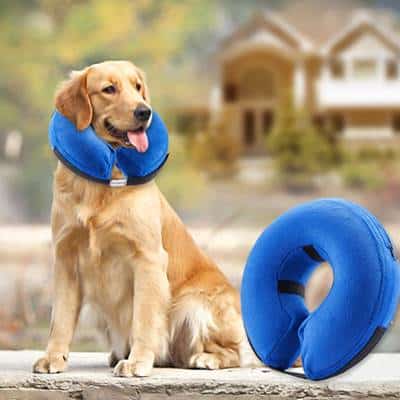

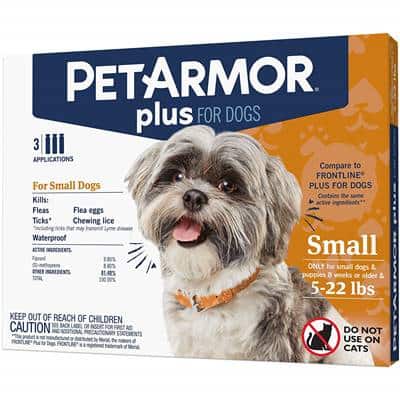

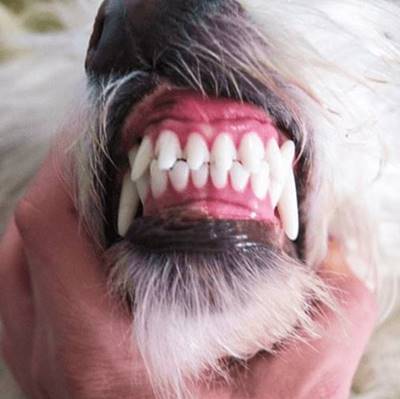
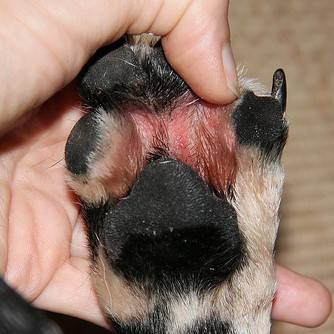


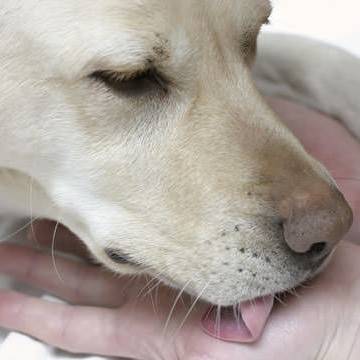



0 Comments